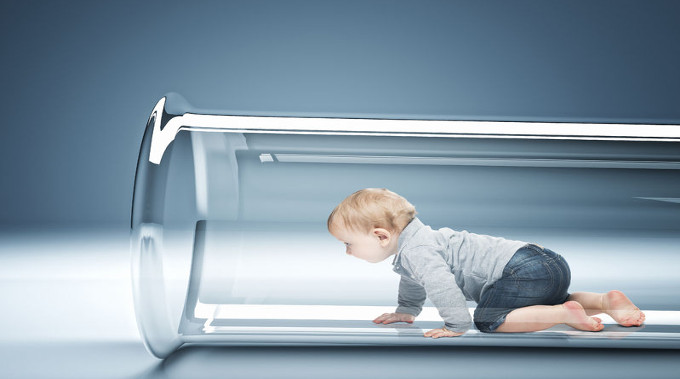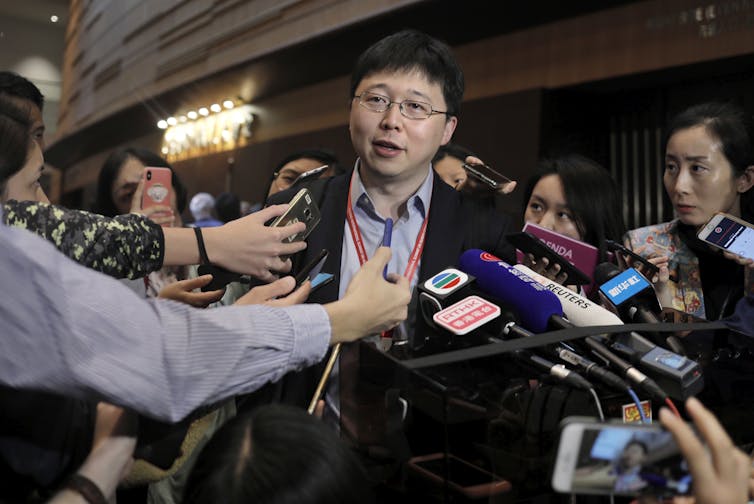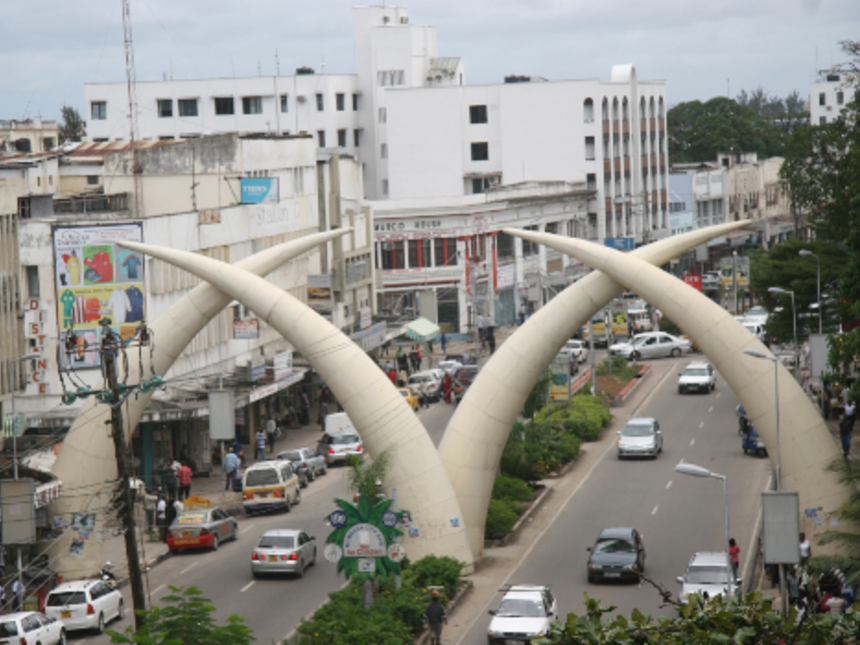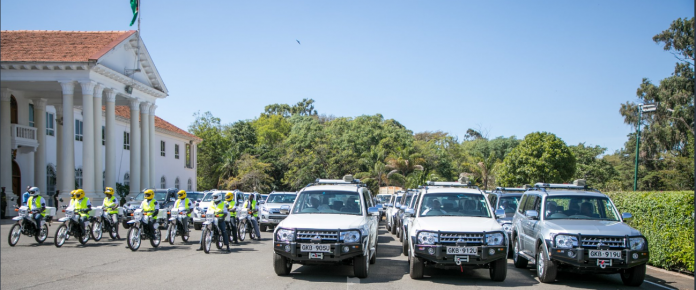At the 54th Jamhuri Day celebrations on the 12th of December 2017, His Excellency the President announced that his final term in office will focus its time and resources on a targeted transformative agenda based on four socio-economic pillars:
– Increase manufacturing share of GDP from 8.4% to 15%
– Ensure 100% Food and Nutrition Security
– Provide 500,000 Affordable Houses to the low income segment
– Provide 100% Universal Health Coverage

Key focus areas for the Big Four Enablers
Infrastructure
Targeted infrastructure investments by expanding the:
- Feeder roads network (linked to trunk roads) and the rehabilitation of 10,000km of roads
- Passenger handling capacity and construction of new runways at airports
- Port infrastructure and facilities
- Rail infrastructure to link Kenya with the wider East Africa region
Technical and Vocational Education and Training (TVET)
Youth in jobs through vocational training and education:
- Re-positioning and strengthening the TVET Education System to support the Big Four pillars
- Implementing the STEM Education Programme
- Developing a Labour Market Information System (LMIS) to support labour market actors and stakeholders
- Establishment of new industrial training centres and implementing the National Internship Program
Power
Stable and competitive cost of power:
- Increase Kenya electricity generation capacity from 2,699 MW to 5,221 MW
- Reduce commercial & industrial electricity tariffs
- Modernize electricity dispatch optimization, favoring low cost plants
Technology and Innovation
- Digitise land titles and expand e-Government services system
- Expand the National Fibre Optic infrastructure to cover the entire country
- Establish National Science Technology & Innovation parks
Security
- Embark on a ‘Citizen-centric’ police reforms program that supports a 24-hr economy
- Enhance security infrastructure modernisation and improve staff welfare
- Improve data management through the Integrated Population Registration System (IPRS) and National Identity Management System (NiM)
Governance
- Policy measures to address capital flight and government procurement reforms
- Political & legislative measures to plug revenue leaks at National and County levels
- Administrative measures to drive transparency and accountability in the public service
- Fiscal measures to streamline tax breaks and plug revenue leakages in the fiscus
- Law enforcement measures to strengthen the current anti-corruption campaign
Why invest in Kenya: Kenya’s Strategic Comparative Advantages
- Kenya falls within the Top-3 Sub-Saharan Africa countries in the World Bank’s Ease of Doing Business global ranking
- Kenya is the largest and most advanced economy in East & Central Africa
- Kenya is strategically located as a gateway to the East and Central Africa
- Kenya acts as a regional gateway to the wider Africa, Asia and Europe regions
- Kenya provides political stability & a supportive legal environment
- Kenya has a large English speaking and well educated labour pool
- Kenya has a relatively well developed physical infrastructure






















